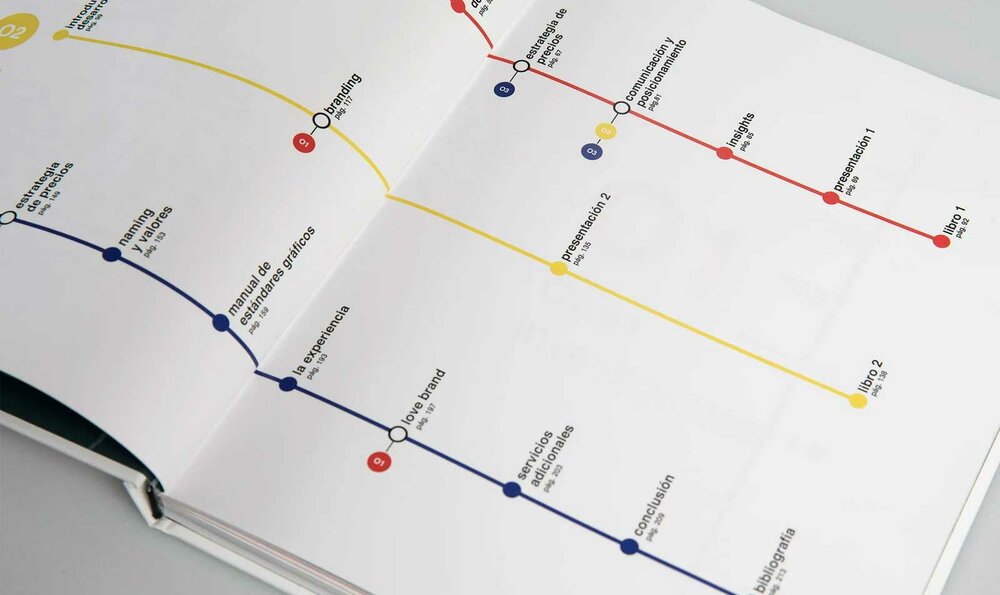Imagine being able to predict market trends before they manifest and anticipate customer needs by responding to them before they even express themThis is not just imagination but the new reality of Future Thinking, an increasingly widespread and valid discipline in the contemporary working environment.

Future Thinking: what it is and why it is important at work
Date
08 July 2024
Introduction to Future Thinking
In an era of both technological and social change, Future Thinking is proving to be an indispensable tool for professionals and companies aspiring to establish themselves as innovative and unique businesses.
This method makes it possible to analyse current trends, foresee possible future scenarios and develop flexible strategies to address them efficiently. Collectively, these aspects enable business models to be adapted proactively while remaining up-to-date and relevant in the ever-changing business landscape. And it is precisely this ability to go beyond the present, focusing on future scenarios, that the true power of this approach lies.
To enter into this revolutionary mindset, it is necessary to be able to adopt a particular point of view, capable of freeing oneself from the constraints of the present and exploring innovative and pioneering visions. The goal is not so much to predict the future, but rather to actively create it. In this way, Future Thinking becomes a continuous and embedded process, which through a scientific and collaborative approach is able to pave the way for new business opportunities and potential markets that might seem unimaginable today.
The key skills of Future Thinking
Future Thinking is based on a set of interconnected skills that can be applied in different professional contexts. Creativity is essential to imagine alternative future scenarios, while cognitive flexibility enables us to adapt our thinking in response to new information or unexpected situations.
Critical thinking acts as the glue holding these two aspects together, allowing individuals to analyse and evaluate information objectively, formulating well-thought-out judgements and innovative ideas.
These skills can find applications in various fields; for instance, a Product Designer could use Future Thinking to anticipate future consumer needs and develop innovative products. Similarly, a human resources manager could apply this method to predict future skills requirements and adapt training and recruitment strategies accordingly.
Strategies to develop Future Thinking
To nurture Future Thinking skills, several strategies can be adopted that help broaden creativity while staying grounded in practicality. These include:
Exploring alternative futures: this technique allows for imagining and analysing various possible future scenarios, improving strategic flexibility.
Fostering a continuous learning mindset: maintaining curiosity and openness to new ideas and knowledge is essential for developing a broad and innovative vision of the future.
Investing in structured training: attending workshops and training courses provides the opportunity to acquire targeted skills and up-to-date methodologies, essential for honing Future Thinking abilities.
Developing divergent thinking skills: practising generating multiple creative solutions to a single problem stimulates innovation and cognitive flexibility.
The role of Future Thinking in digital transformation
At a time when technology is evolving at an unprecedented rate, the ability to anticipate and adapt to technological change has become a critical factor of success.
Organisations that adopt Future Thinking are more likely to identify emerging technologies that could revolutionise their industry. This approach makes it possible to predict how these technologies might influence consumer behaviour and market dynamics, allowing companies to develop flexible strategies to integrate new technologies into their business processes.
A notable example is Netflix, which used Future Thinking to anticipate the shift from physical DVD rentals to online streaming. This foresight allowed the company to successfully transform itself into a streaming giant, surpassing competitors that had not foreseen this change. Similarly, companies such as Amazon and Google continue to invest in emerging technologies such as artificial intelligence and the Internet of Things, anticipating their future impact on commerce and the interaction between humans and the digital interface.
Conclusions and future prospects
The ability to anticipate change is just one of the elements that make Future Thinking a fundamental skill in today's business landscape. Companies and professionals who are able to cultivate this ability will be able to drive innovation, rather than simply react and adapt to it.
Future Thinking encourages a proactive approach to problem-solving and opportunity creation, allowing future challenges to be met with confidence and creativity. Whether it is adapting to new technologies, anticipating customer needs or reinventing business models, this skill will be increasingly influential in distinguishing oneself in the labour market and driving innovation in organisations.
Do you want to further your Future Thinking skills and prepare yourself for the professional challenges of the future? Explore the training opportunities offered by IED to develop the fundamental skills to excel in the world of work.
The theme of Future Thinking is the subject of study or is the basis of design in many of our training courses including:
DASL Master's Degrees - Second Level Academic Diploma
Master's Program in Fashion Trend Forecasting
Summer Course in Innovation and Future Thinking
Continuing Education Course in Trend and Creative Strategy (In Italian language)
Continuing Education Course in Cool Hunter








